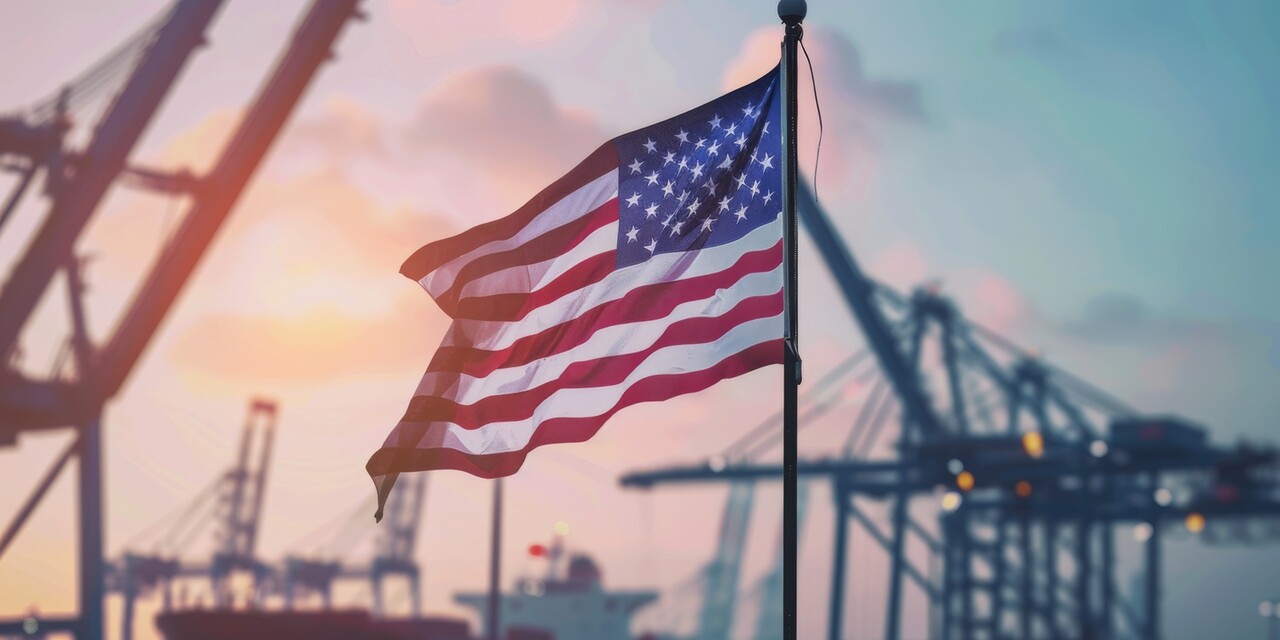
United States: Current global trade developments
Tariff increases by the US have been dominating the headlines in 2025. An interim summary of actions, reactions, and "tariff pauses" including the status quo.

Tariff increases by the US have been dominating the headlines in 2025. An interim summary of actions, reactions, and "tariff pauses" including the status quo.
First things first: On July 27, 2025, the EU and the US issued a joint declaration that includes a US tariff base of 15% on European goods, including cars and automotive parts. The EU summarized the agreement on July 29, 2025, in the article EU-US Customs and Trade Agreement (use translation feature at the top of the site). If the MFN tariff rate is more than 15%, only this rate is applied. This agreement has been in force since August 21, 2025, and for motor vehicles and motor vehicle parts since September 1, 2025.
The upper limit of 15% also applies to wood and wood products. It will also apply to potential future tariffs on pharmaceuticals and semiconductors once the US investigations are completed. Until then, the US MFN tariffs will apply.
"Reciprocal tariffs" are the political instrument used by the USA to enter into negotiations with countries around the world. On April 2, 2025, the Executive Order declared a national emergency due to trade deficits, followed by the introduction of country-specific flat rates under the International Emergency Economic Powers Act (IEEPA). Thus, all imports from third countries were subject to a 10% tariff, which came into effect on April 5.
For selected countries and groups of countries listed in Annex I, a higher duty rate should apply. In most cases, however, this was immediately paused. After many negotiations, the Executive Order of July 31, 2025 then published modifications to the tariff rates. In autumn, the Executive Order dated September 5, 2025 provided another definition for the scope of reciprocal tariffs, indicating that the list of goods could be extended through joint negotiations.
According to Annex II of September 8, 2025, aircraft and aircraft parts, generic drugs, and natural resources that are not available in the US were exempted from customs duties. The Executive Order of November 14 withdrew tariffs on certain food imports, including coffee, tea, bananas, tomatoes, beef, cocoa and spices. In addition, for goods where at least 20% of the value is of US origin, customs duties only apply to the non-US share.
The Fact Sheet of November 14 then announced the alignment of customs duties in Switzerland and Liechtenstein with the EU's reciprocal duty rate of 15%.
The relationship with China is of particular importance. An additional duty of 10% has been in force since November 10, 2025 due to the fentanyl crisis. These duties apply to every import from China. Additionally, reciprocal tariffs of an additional 10% will apply until November 10, 2026.
Tariffs on steel and aluminum were already imposed during President Donald Trump's first term in office. After suspensions and quota regulations, measures were once again enforced during his second term, and tariffs were gradually increased. The current level of tariffs imposed on all imports into the US:
Since August 29, 2025, the de-minimis value limit has been reduced from 800 to 50 US dollars. With the Executive Order Suspending Duty-Free De Minimis Treatment for all Countriesof July 30, 2025, small shipments above the new limit will be subject to country-specific customs duties (ad valorem method).
For international postal items, a scaled flat-rate duty per parcel (specific duty) can also be paid during the 6-months transition phase. At the same time, the customs authority US Customs and Border Protection (CBP) has been given extended powers and may demand a type of security deposit (basic importation and entry bond) for informal shipments of up to US$2,500.
Furthermore, international transport service providers are obliged to deposit so-called carrier bonds, which secure the payment of the prescribed customs duties.
You can search for US tariffs affecting your goods using the Harmonized Tariff Schedule, a database maintained by the US International Trade Commission that catalogs the tariffs imposed by the United States. It contains the US duty rates and special classification provisions (chapter 98) or temporary regulations (chapter 99). Start by entering the international six-digit code of your merchandise here, or use the keyword search.
Alternatively, you can use the EU Commission's database Access2Markets. The current duty rates of all countries are made available there. From the main page, enter the six-digit HS code, your country of origin, and the United States under the country of destination.